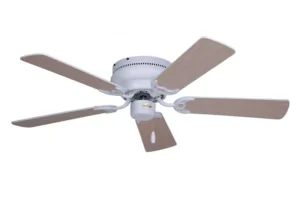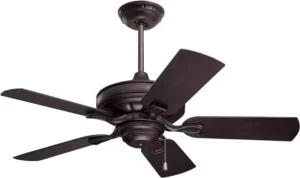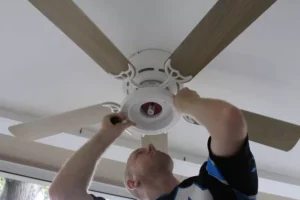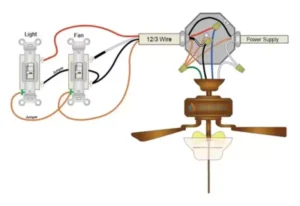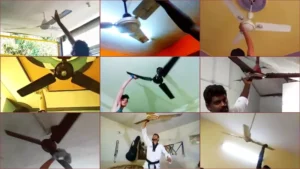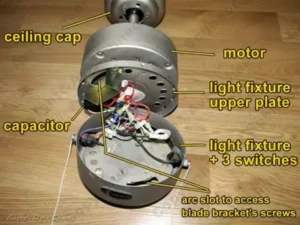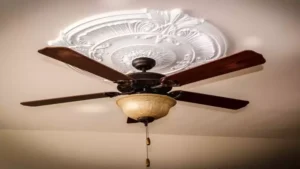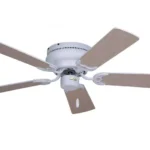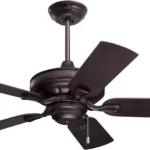The fine Ceiling Fan direction for summer season and wintry weather comfort
Did you know adjusting your ceiling fan’s spin path could make a large difference in domestic heating and cooling fees? regularly neglected, this easy trick lets in you to maximise power efficiency year-spherical. This guide explains when to change your ceiling fan’s rotation for ideal summer cooling and winter warmth, ensuring optimal comfort and lower utility bills.
Summer Ceiling Fan Direction: The CCW Breeze
For summer, most ceiling lovers should spin counter-clockwise (CCW) to create a cool, downward breeze. This wind-relax effect makes the room sense as much as four°F cooler. CCW is the standard summer setting that provides refreshing airflow, allowing you to raise the AC thermostat a few degrees.
Using ceiling fans and AC units together can reduce cooling costs by a whopping 40%! The fans help circulate and “spread” the conditioned air more effectively. So instead of cranking that energy-guzzling AC, let the gentle breeze keep you comfy.
Summer Pro Tips for Ceiling Fan Efficiency
-Turn it off : When leaving a room, be sure to switch off the ceiling fan to save energy.
– Max speed : For best cooling power on sweltering days, operate the fan at its highest speed setting.
– Adjust blade pitch : Many ceiling fans allow you to customize blade angles for stronger or gentler breezes.
Winter Fan Rotation: Clockwise for Heating Assist
Once the weather cools, it’s time to flip that switch and set your ceiling fan to spin clockwise (CW). The CW spin creates an updraft that circulates warm air trapped near the ceiling back down into living spaces.
Since heat naturally rises, this gentle downdraft push ensures all that expensive warm air doesn’t go to waste hovering above you. Studies show the CW winter setting can reduce heating bills by up to 15% when used in conjunction with other heat sources like furnaces or fireplaces.
Winter Pro Tips to Optimize Ceiling Fans
– Clean and tighten : For smooth, quiet operation, clean blades and tighten any loose hardware before reversing fan direction.
– Low speed only : Run fans on low CW speed – higher speeds can create an unwanted wind-chill effect.
– Angle the blades : Tilt blades upwards about 14 degrees to optimize the downward airflow pattern.
Combination Heating and Cooling: The Fan’s Year-Round Benefits
While ceiling fans don’t actually make air hotter or cooler, they excel at circulating and “blending” conditioned air more evenly throughout rooms. This allows enhanced comfort control using just the fan’s low-cost, eco-friendly operation.
“Ceiling fans are a simple and inexpensive way to reduce energy costs and remain comfortable year-round,” notes energy.gov. “By using ceiling fans, you can raise your thermostat by 4°F with no noticeable change in comfort during summer months.”
Combined with HVAC systems, ceiling fans’ airflow optimization lets you tailor the perfect climate in every room based on activity levels and personal preferences. Simply adjust the direction seasonally for maximized comfort and savings:
Summer (CCW) |
Winter (CW) |
| Creates downward cooling breeze | Circulates warm air trapped at ceiling |
| Allows higher AC temperature setting | Blends heat from other sources like furnaces |
| Reduces energy costs up to 40% | Can cut heating costs by 15% |
So don’t let that ceiling fan gather dust – make sure you’re taking advantage of its full climate control potential! Incorporating the proper summer/winter spin direction into your routine allows year-round energy savings and personalized comfort.

